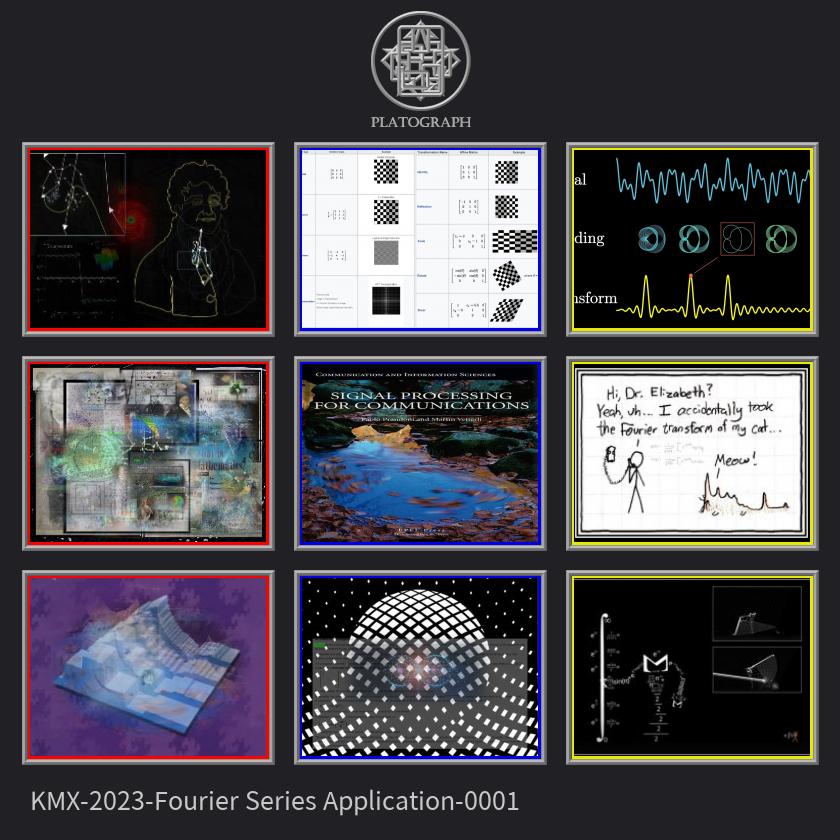
The general discussion revolves around various mathematical and computational techniques applied in the fields of signal processing, computational fluid dynamics (CFD), computer-generated imagery (CGI), and quantum computing.
Some key topics covered include:
1. CFD and CGI: The application of CFD methods and CGI techniques using finite element methods (FEM) and fast Fourier transforms (FFT). These methods are used for analyzing fluid flow and generating realistic computer graphics.
2. Machine Learning and Quantum Computing: The use of machine learning algorithms and quantum computing in CFD and PDE (partial differential equation) simulations. These cutting-edge technologies enhance the accuracy of simulations and improve the understanding of complex fluid dynamics phenomena.
3. Daubechies Digital Transform Technique: The development of compact wavelet bases by Ingrid Daubechies, which have revolutionized signal processing techniques by going beyond the traditional Fourier time-frequency domain.
4. Fourier "Atomic" Functional Analysis: The theory formulated by Joseph Fourier to represent any function as a superposition of trigonometric functions, known as Fourier series. This mathematical concept is fundamental in signal processing and various fields of science and engineering.
Additionally, the discussion includes references to relevant literature and resources, such as books on signal processing for communications and digital image processing, as well as videos and articles exploring the applications of the Fourier transform in visual and quantum domains.
從以上的文件中,我們可以歸納出一個總論述:在數位訊號處理和計算流體動力學領域中,透過傅立葉變換、有限元素法、機器學習和量子運算等技術,我們能夠進行訊號處理、圖像處理和風險分析等相關研究。
傅立葉變換是一種將函數表示為一系列三角函數的技術,它為信號處理和量子力學提供了基礎。傅立葉分析在理解信號的頻率內容和時域特徵方面具有重要作用。在數位訊號處理中,傅立葉時間-頻率域的應用超越了傳統的傅立葉域,並且傅立葉變換技術已成為訊號處理的重要工具。
有限元素法和計算流體動力學通常用於模擬和分析流體和結構的行為。有限元素法透過將連續的物理問題離散化為小元素來進行數值分析,它提供了模擬和分析複雜系統的有效方法。計算流體動力學則是應用數值方法和模型來研究流體的行為和性質。兩者的結合可以提供更精確的結果和更深入的理解。
機器學習和量子運算則在現代科學和技術中扮演著重要角色。機器學習利用統計和模型來使計算機系統具有自我學習和預測能力,從而提高處理大型資料集的效率。量子運算則利用量子力學原理來進行計算,有望在某些問題上實現超越傳統計算的速度和效能。
最後,訊號處理、圖像處理和風險分析等應用領域也可以從以上文件中找到相關資料。這些技術和方法對於處理和分析數位資料、圖像處理和風險管理具有重要意義。
綜上所述,透過傅立葉變換、有限元素法、機器學習和量子運算等技術,我們能夠進行訊號處理、圖像處理和風險分析等多個領域的研究和應用。這些技術的結合為我們提供了一個全新的數位世界,並為科學和技術的發展帶來了巨大的潛力。
